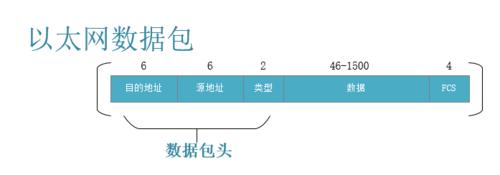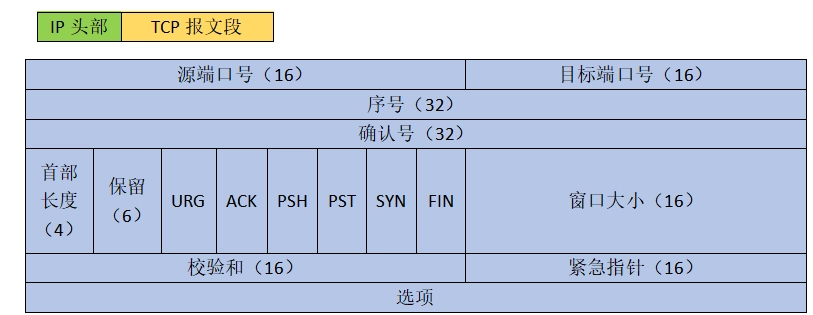1
2
3
4
5
6
7
8
9
10
11
12
13
14
15
16
17
18
19
20
21
22
23
24
25
26
27
28
29
30
31
32
33
34
35
36
37
38
39
40
41
42
43
44
45
46
47
48
49
50
51
52
53
54
55
56
57
58
59
60
61
62
63
64
65
66
67
| if (pfd.revents & POLLIN) {
unsigned char *stream = NULL;
nty_nic_read(ctx, &stream);
nty_eth_process(ctx, stream);
}
static int nty_eth_process(nty_nic_context *ctx, unsigned char *stream) {
struct ethhdr *eh = (struct ethhdr*)stream;
if (ntohs(eh->h_proto) == PROTO_IP) {
nty_ipv4_process(ctx, stream);
} else if (ntohs(eh->h_proto) == PROTO_ARP) {
nty_arp_process(ctx, stream);
}
return 0;
}
int nty_ipv4_process(nty_nic_context *ctx, unsigned char *stream) {
struct iphdr *iph = (struct iphdr*)(stream + sizeof(struct ethhdr));
if (ip_fast_csum(iph, iph->ihl)) return -1;
if (iph->protocol == PROTO_UDP) {
nty_udp_process(ctx, stream);
} else if (iph->protocol == PROTO_TCP) {
nty_tcp_process(ctx, stream);
} else if (iph->protocol == PROTO_ICMP) {
nty_icmp_process(ctx, stream);
}
return 0;
}
int nty_udp_process(nty_nic_context *ctx, unsigned char *stream) {
struct udppkt *udph = (struct udppkt *)stream;
int udp_length = ntohs(udph->udp.len);
udph->body[udp_length-8] = '\0';
struct udppkt udph_rt;
nty_udp_pkt(udph, &udph_rt);
nty_nic_write(ctx, &udph_rt, sizeof(struct udppkt));
return 0;
}
void nty_udp_pkt(struct udppkt *udp, struct udppkt *udp_rt) {
memcpy(udp_rt, udp, sizeof(struct udppkt));
memcpy(udp_rt->eh.h_dest, udp->eh.h_source, ETH_ALEN);
memcpy(udp_rt->eh.h_source, udp->eh.h_dest, ETH_ALEN);
memcpy(&udp_rt->ip.saddr, &udp->ip.daddr, sizeof(udp->ip.saddr));
memcpy(&udp_rt->ip.daddr, &udp->ip.saddr, sizeof(udp->ip.saddr));
memcpy(&udp_rt->udp.source, &udp->udp.dest, sizeof(udp->udp.source));
memcpy(&udp_rt->udp.dest, &udp->udp.source, sizeof(udp->udp.dest));
}
int nty_nic_write(nty_nic_context *ctx, const void *stream, int length) {
if (ctx == NULL) return -1;
if (stream == NULL) return -2;
if (length == 0) return 0;
nm_inject(ctx->nmr, stream, length);
return 0;
}
|



